Explore the of Touch
ABBM Virtual Museum
Coming soon!
This is an immersive 3D experience exploring heritage, culture, and innovation. Step inside and discover our exhibits in a dynamic virtual space.
Artwork and Historical Artifacts

Reading Fingers Artwork in Bronze

“VINGERS WAT LEES 1987” | READING FINGERS 1987
S.A. BLINDEWERKERSORGANISASIE
“Louis Braille (1809-1852) het, met die ontdekking van sy puntskrif moedertaalonderrig aan blindes van alle tale dwarsoor die wêreld moontlik gemaak. Braille, die enigste lees- en skryfmedium vir blindes, ontsluit die skatkamers van kennis en kultuur.” ,
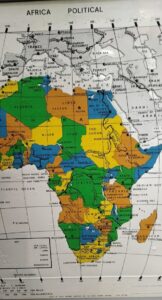
Tactile Globe

Donated by Mario and Amanda Nijenhuis

First Computer-Produced Braille In South Africa
It is with pride that I can introduce you to the very first braille produced by the computer equipment imported for research purposes. The equipment arrived on 28th August 1981 and is in the process with being assembled and tested.”
Braille Writing Devices

Refreshable Braille Display

The Braille Lite (ca. 1995) was produced by Blazie Engineering, USA, and harnessed the advantages of a computer to write in braille and provides responses either in braille or synthetic voice. Weighing around a kilogram, it was considered a lightweight notebook that also could be connected to other computers and stored braille in its inbuilt hardware.
Physical description: beige rectangle with 7 raised buttons, a long space bar and refreshable braille display in black, held in a black plastic carrying case.
Source: Vision Australia (www.visionaustralia.org)
Donated by Mr Deena Moodley

BLISTA BRAILLE WRITER

The German organisation “Blista” started its activities with a group of war-blinded soldiers of World War I, being under medical treatment at the University hospital in Marburg. In 1916, a blind philosophy doctoral candidate, Carl Strehl, founded the “Deutsche Blindenstudienanstalt“ (German Society of Blind Academicians) to give young war-blinded soldiers the chance to graduate and study at university.
Blista designed and manufactured the “Blista Braille Schreib-maschine” for use by its blind students and it was widely in use as the best mechanical brailler in the world, until the arrival of the Perkins in 1951.
Since 1994, the non-profit “Blista Brailletec GmbH” is owned by the “Deutsche Blindenstudienanstalt” together with three German organizations for the blind. (From the Braille Services collection)
Source: APH Museum (aphmuseum.org)
Donated by Mr Ntshavheni Netshituni

MATRIX BRAILLE TAPE WRITER

This braille writer, Type F (donated by Mr Andre Manders) and Type G were manufactured by the Matrix Coventry Manufacturing Tool Co., Coventry, England for the Royal National Institute for the Blind, circa 1930-1940.

Ergo Braille Note Taker

The Ergo Braille note taker was produced by Artic Technologies during the early 1990s.
Input was through the braille keyboard and output was in audio.
Donated by Mr Ntshavheni Netshituni
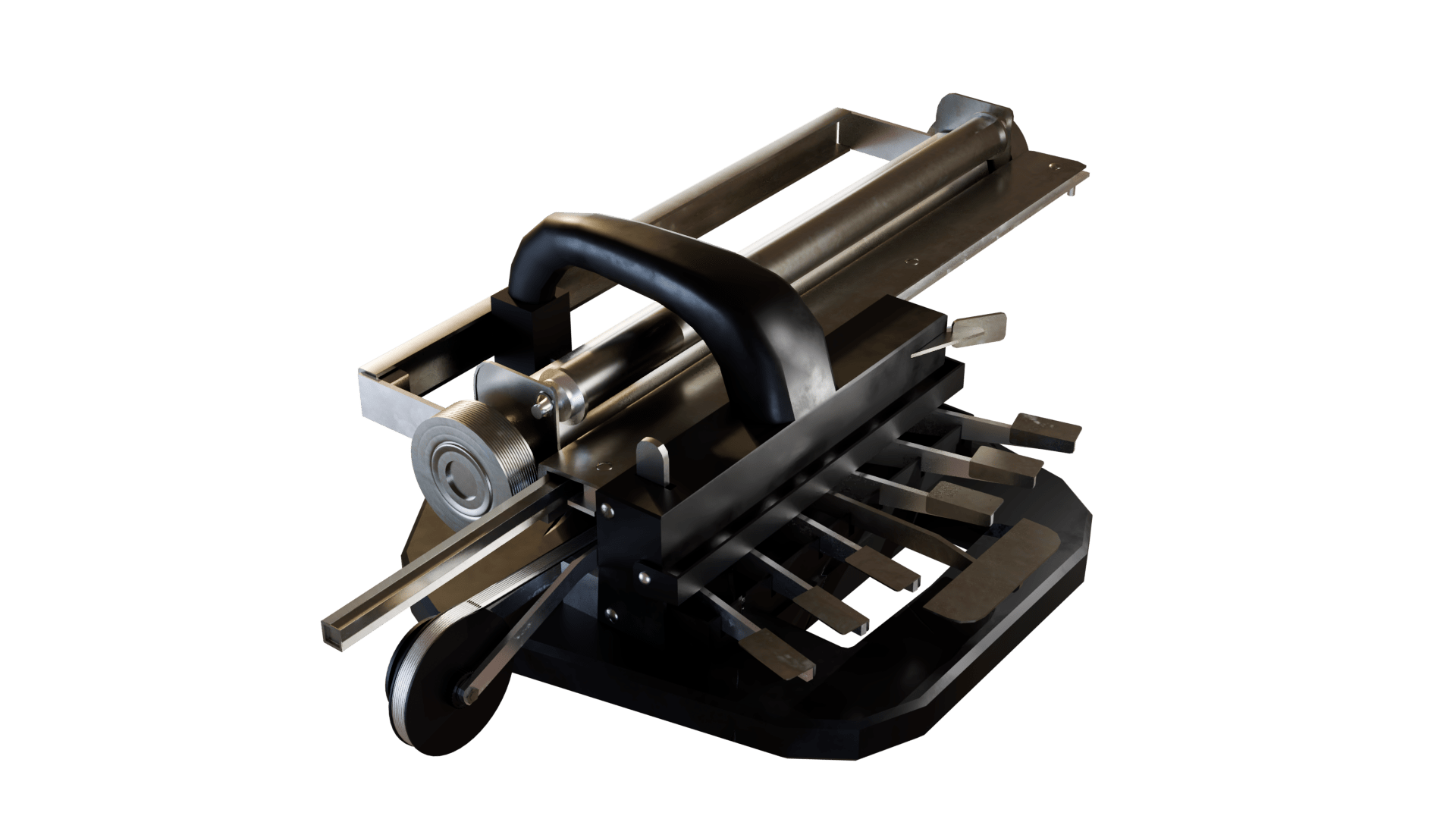
SORST BRAILLE WRITER

The “Verein zur Forderung der Blindenbildung” (Association for the Advancement of Blind Education) was founded in 1876 in Dresden, Germany and moved to Hannover in 1898. It was a braille printing shop and maker of educational and daily living aids as it continues to be to this day. Ernst Sorst founded his metal fabrication company in 1921 in Hannover and produced this machine for the VzFB, circa 1940. (From the Braille Services collection)
Source: APH Museum (aphmuseum.org)

STAINSBY-WAYNE BRAILLE WRITERS

Henry Stainsby (1859-1925; Superintendent of the Birmingham Royal Institution for the Blind) along with Birmingham manufacturer Albert Wayne, introduced their portable Stainsby-Wayne braille writer around 1903.)

BRAILLE EMBOSSERS

The ETC Romeo 20 (donated by Mr Christo de Klerk) and Romeo 40 (donated by Mr Ofentse Manyane) braille embossers from the 1980s: Both are single-sided embossers, meaning braille is embossed on one side of the page only. They were manufactured by the Enabling Technologies Company in Stuart, Florida, USA, who also produced double-sided embossers and the PED30 plate embosser.

BANKS POCKET WRITER

The Banks Pocket Braille Writer was a tape writer invented by Dr. Alfred Banks of San Diego, California, around 1928. (Dr. Banks lost his vision in World War I)
In 1946, IBM (International Business Machines Corp., New York, USA) agreed to support the production of a revised model for distribution at cost in both the USA and Great Britain by Lions Club International.
Donated by Mr Andre Manders
Source: APH Museum (aphmuseum.org)
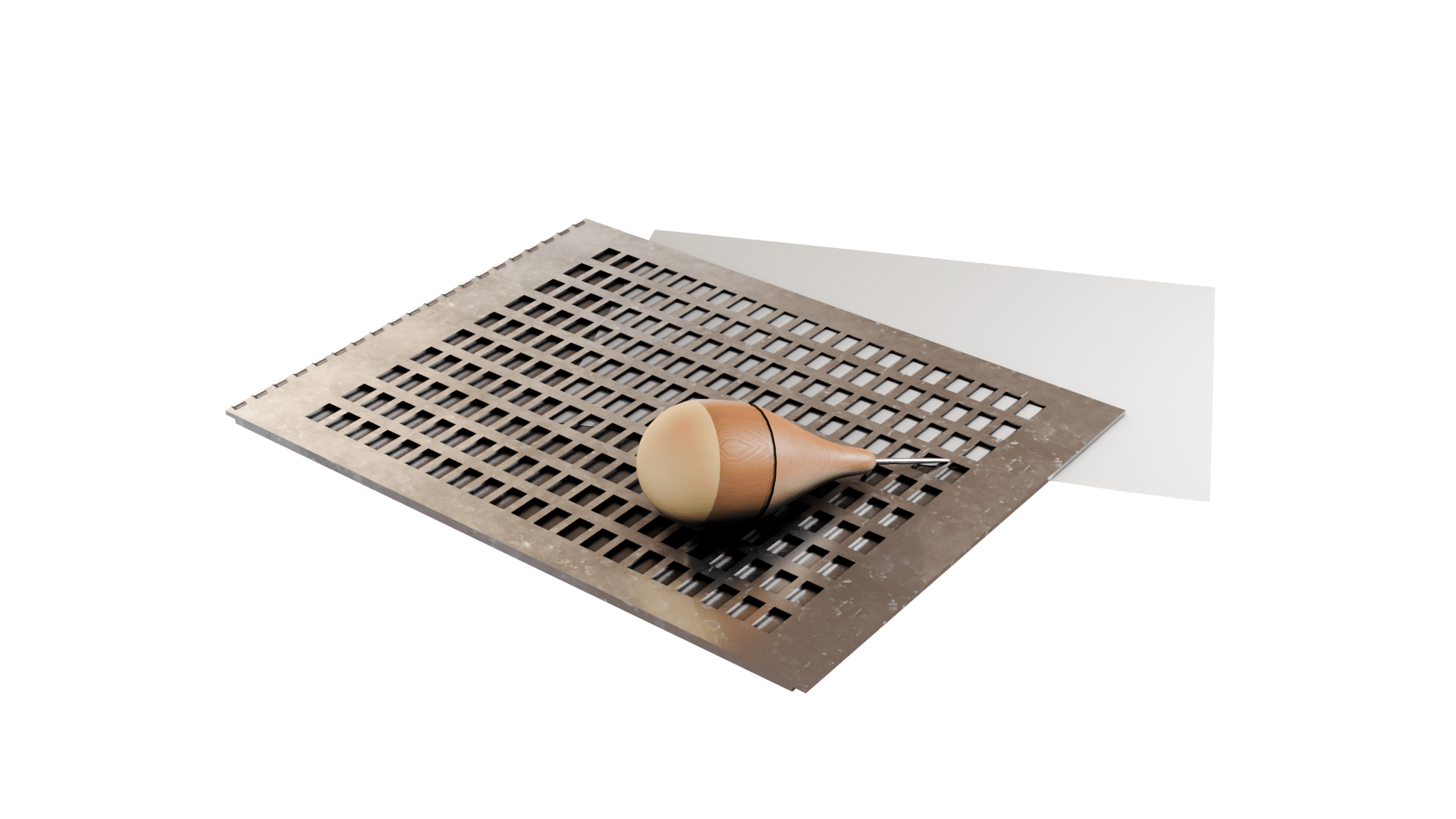
VARIOUS SLATES & STYLUSES

The slate and stylus are tools used by blind people to write text that they can read without assistance. Invented by Charles Barbier as the tool for writing letters that could be read by touch, the slate and stylus allow for a quick, easy, convenient and constant method of making embossed printing for Braille character encoding.
The back part of the slate is solid with slight depressions spaced in braille cells of six dots each. The depressions are approximately 0.75 mm (0.030 in) deep and about 1.5 mm (0.059 in) in diameter. The horizontal and vertical spacing between dots within a cell is approximately 2.5 mm (0.098 in), while the distance between adjacent cells is about 4 mm (0.16 in).
The front of the slate consists of rectangular windows that fit over the braille cells in the back. The inner rim of each window is provided with six indentations, which assist the user to position the stylus properly and press to form a dot.
The stylus is a short blunted awl with a handle to fit comfortably the hand of the user.
Writing is accomplished by placing a piece of heavy paper in the slate, aligning it correctly and closing the slate.
The person writing begins in the upper right, each combination of dots in the cell has to be completed backward. The awl is positioned and pressed to form a depression in the paper. The writer moves to one of the other dots in the cell or to the next cell as appropriate.
When completed the writer removes the slate and turns the paper over to read the braille by feeling the dots that were pushed up from the back.
Education and Games
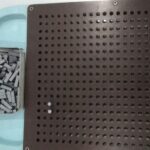
TAYLOR FRAME MATHMATICS SLATE
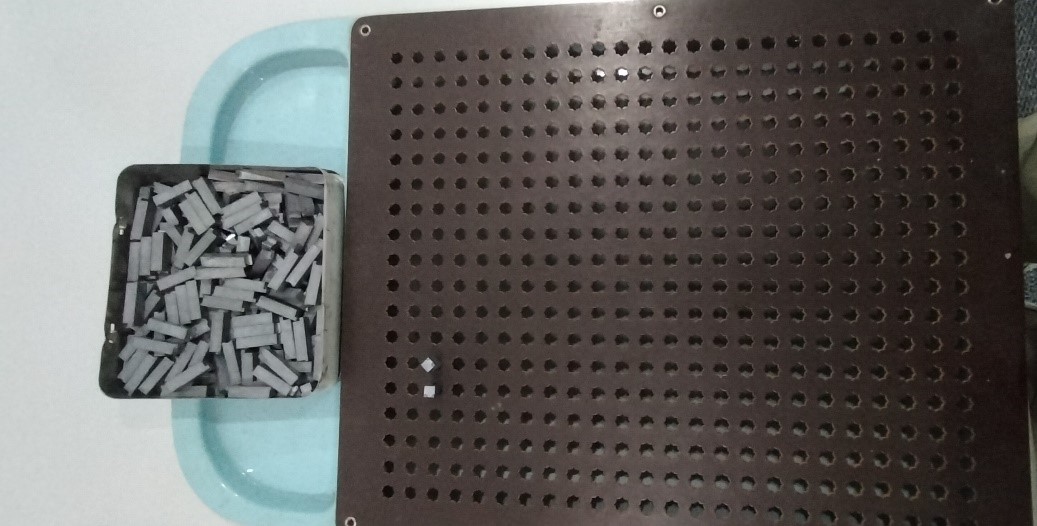
The Taylor Frame is an apparatus made of wood and aluminium and has small pegs, called Ar Types. By rotating and placing a peg in the frame, different mathematical values are achieved.
The teaching of mathematics to the blind has undergone vast changes during the past quarter century. In arithmetic, the use of such devices as movable type and the Taylor slate has, for the most part, been superseded by the use of Braille.
(From the Braille Services collection)
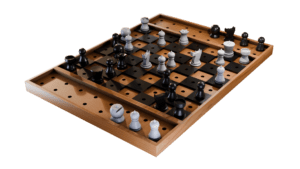
Braille Games

Various games have been altered to be accessible, these include:
Braille LEGO, Chess, Draughts, OXO
Braille Publications and Audio Editions
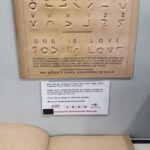
MOON TYPE BOOK
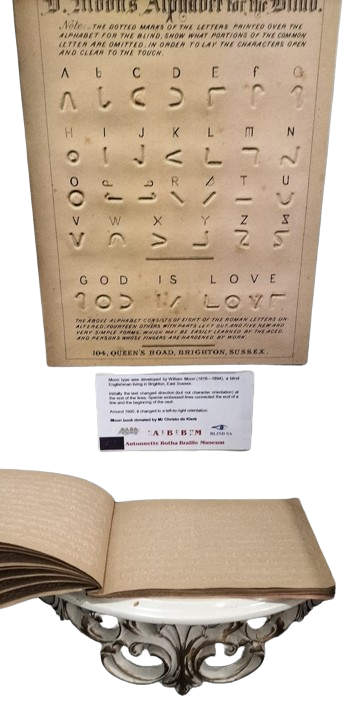
Moon Type was developed by William Moon (1818—1894), a blind Englishman living in Brighton, East Sussex. Initially the text changed direction (but not character orientation) at the end of the lines. Special embossed lines connected the end of a line and the beginning of the next. Around 1990, it changed to a left-to-right orientation. (Donated by Mr Christo de Klerk)
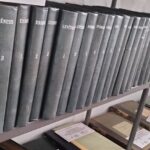
AFRIKAANSE BYBEL
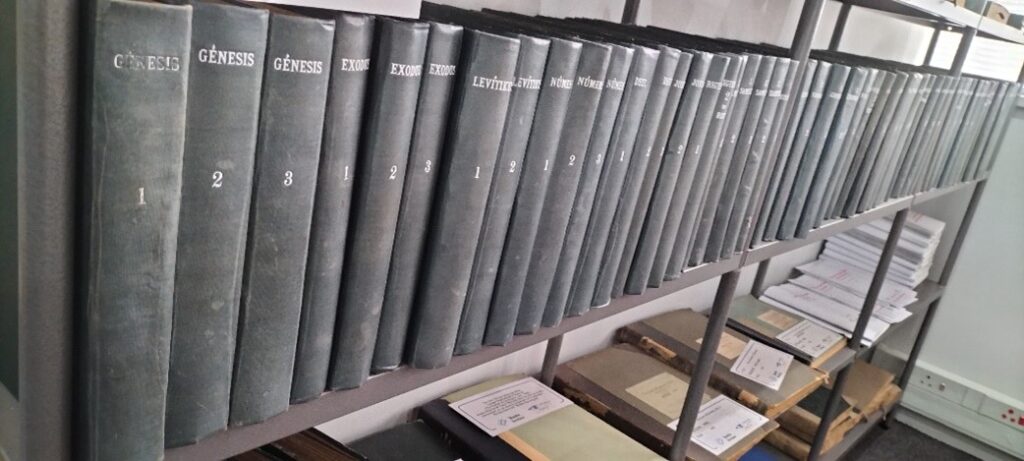
The first Afrikaanse Bybel (Bible in Afrikaans) was published in 1933 and the braille edition followed in 1939, printed by the Braille Printing Press, School for the Blind, Worcester (today Pioneer Printers), in collaboration with the British & Foreign Bible Society. It has 6 534 braille pages, divided into 75 braille volumes (OT = 4 964 p.; 57 vol.; NT = 1 570 p.; 18 vol.).
The museum also houses (cupboard E 11) the 1983 audio edition on cassette of the Bible in Afrikaans.
Samples of various historical publications from around the world are also on display

Afrikaans Braille Systems
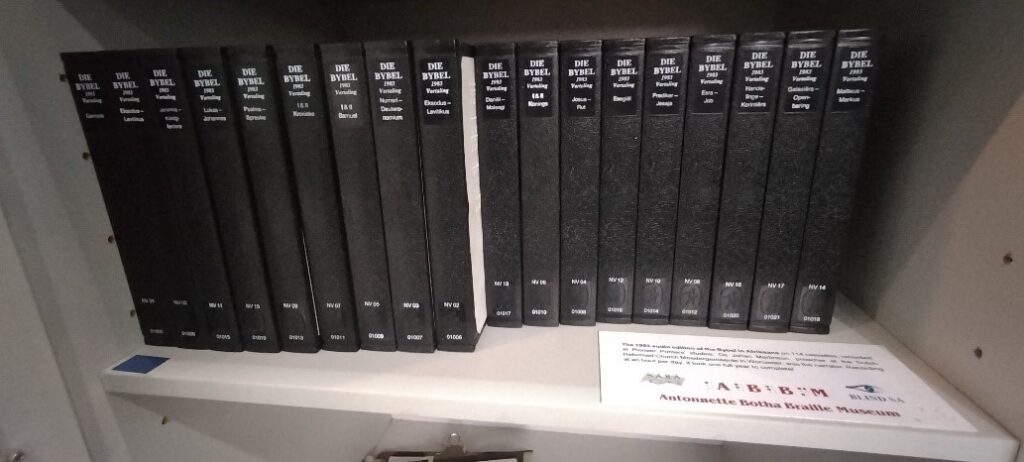
Traditionally the English braille system in use in South Africa was based on the British system, while the Afrikaans followed the Dutch. In 1938 the first Afrikaans system was designed by Dr Victor Vaughan, and revised by Miss Connie Aucamp and Mr Johan (“Oubaas”) van Eeden in 1964.
In 2008 the UBC (unified braille code) was adopted for all South African languages, each with its own contraction system.
The manuals on display were donated by Pioneer Printers, Institute for the Blind, Worcester.

THE 1983 AUDIO EDITION OF THE BYBEL IN AFRIKAANS

on 114 cassettes, recorded at Pioneer Printers’ studios. Ds Johan Martinson, preacher at the Dutch Reformed Church Moedergemeente in Worcester, was the narrator. Recording at an hour per day, it took one full year to complete!

Other Publications
Various samples of braille books, menus and information brochures like Blind SA Annual Reports are on display as well.
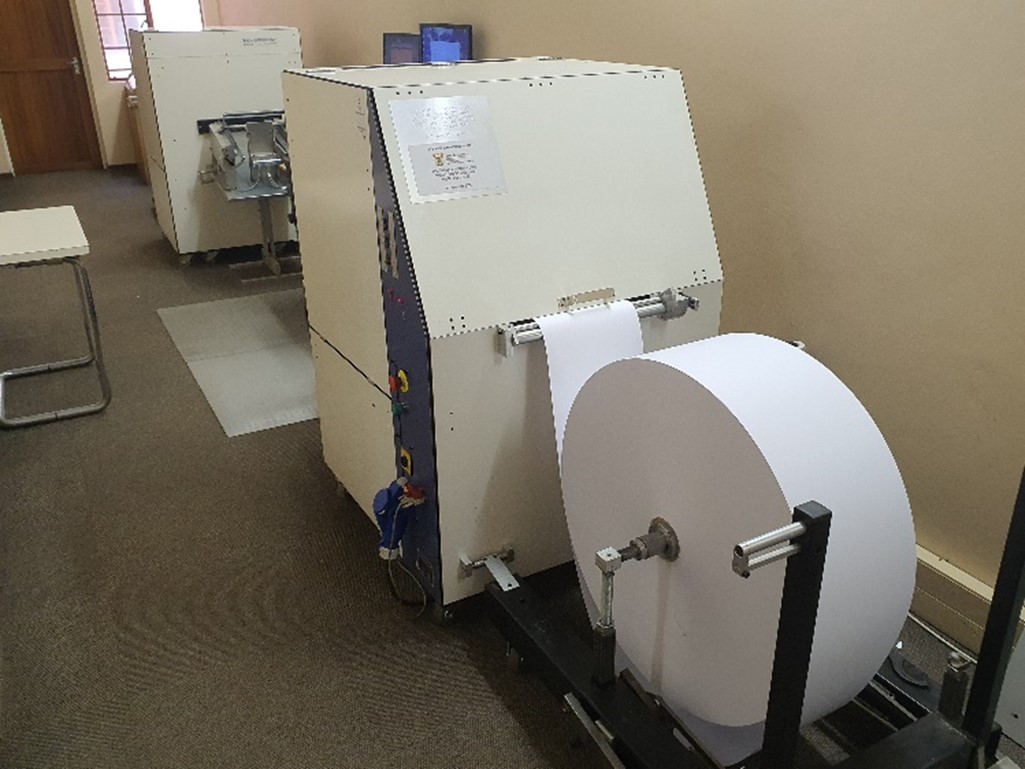
Braille Production

Braille Libraries

